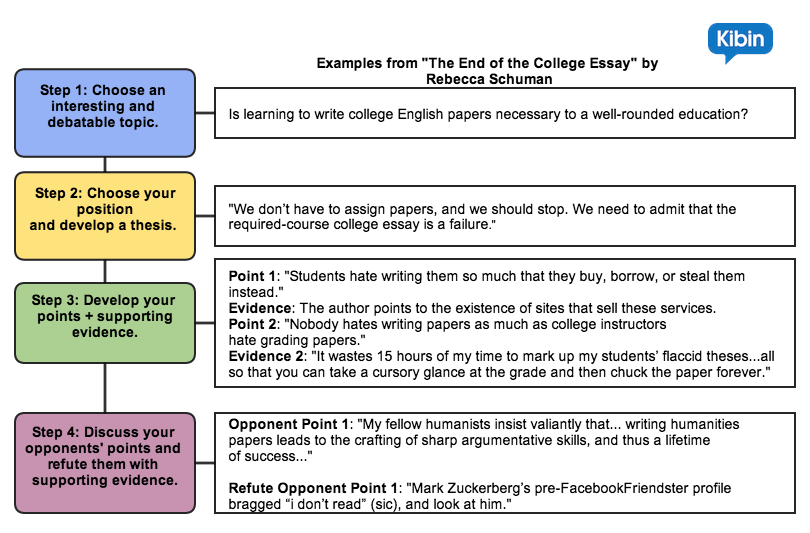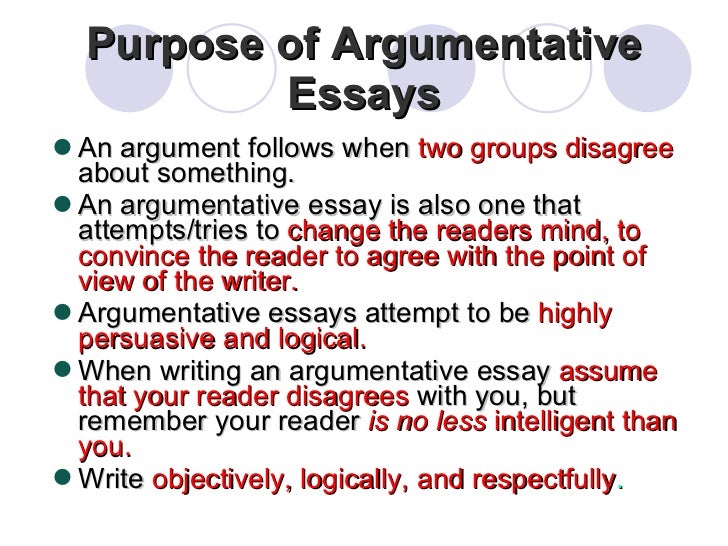
Secara umum, Argumentative memiliki generic structure, yaitu: 1. It has a topic sentence. Topik kalimat atau kalimat utama harus ada pada setiap paragraf. Begitupun dalam paragraf argumentatif, kalimat utama harus ada. Kalimat utama merupakan kalimat yang menjadi gagasan utama atau masalah utama yang akan dijelaskan di kalimat selanjutnya An argumentative text is usually defined as a type of discourse concerned with the presentation and evaluation of arguments, either rethorical or dialectical, which show the cause-effect relationship established in an event or theory Generally, an argumentative text consists of these essential sections: an introduction, the development (argumentative body) and a conclusion. Introduction It can also be called framing; here it is a matter of introducing the subject matter to be discussed, rather briefly
Argumentative Text in English and Its Types – maxmariosite
There are many types of texts that we can find when we are surfing the internet, in a work environment, in an entertainment context, generic structure of argumentative text, etc. Each of them has certain functions and characteristics. One of them is the argumentative text. As its name suggests, this type of text seeks to present a series of arguments for or against a theme, in order to persuade the reader to share that vision.
In this article we will know their definition, functions, some types, uses, examples and the sections they contain. An argumentative text is one that has the purpose of showing opinions in favour of a particular subject, and of convincing generic structure of argumentative text persuading the reader about some ideas or a particular position. The argumentative text, however, can also include ideas that intend to refute a thesis, generic structure of argumentative text, to confirm another one.
Thus, generic structure of argumentative text, the fundamental objective of this type of text is to persuade the reader about a certain idea or ideas. In this way, the argumentative text mainly includes the argumentation, that is, the incorporation of examples and ideas that demonstrate some idea or thesis. Through it, a reasoning is expressed in written form around a theme. For example, an argumentative text could be one that is in favor of abortion, containing arguments in favor of it, and arguments against its prohibition.
The main function of an argumentative text is the appellative function of language, mainly thanks to the argumentative elements it contains. This function, also called conative function, refers to the attempt of the sender of the message to influence the behaviour of the receiver.
Through it, the sender expects the receiver to show some kind of reaction after hearing or reading the text. This function therefore focuses on the receiver. However, it is not the only function it fulfils; also fulfils a reference functionthrough the exhibition elements mentioned.
This function alludes generic structure of argumentative text the generic structure of argumentative text of transmitting objective information about the world around us; that is, it focuses on showing, expressing, communicating, conveying ideas, etc. An argumentative text can be of different types: scientific, philosophical, political, journalistic, opinion, judicial… depending on the subject matter and its generic structure of argumentative text. A scientific argumentative text, in turn, can be of different types, depending on the subject matter: psychological, theological, linguistic….
The essential characteristic of scientific texts is that they are based on facts and datathat is, their arguments are developed through solid empirical knowledge. In other words, they are based on proven or demonstrable facts, and also on statistical data. Within this type of text we find as examples scientific articles, research reports, theses, etc. In argumentative journalistic texts the purpose is the same, to persuade the reader to share an idea or to reject it.
However, here a more partial point of view is adopted than in the scientific text, and the importance of creating an understandable narrative gains ground over the importance of exposing concrete data.
Legal or judicial texts may be intended, for example, to prevent the reader from taking legal action against the issuer, or to change some type of statement, revoke an accusation, etc.
In other words, seek the reaction and response of the receiver in relation to some legal issue. On the other hand, legal texts usually set forth a series of conditions or restrictions regarding some type of action.
They are usually prepared by lawyers, judges or notaries. Examples of this type of text, or elements that are usually found in this type of document, are: sentences, declarations, generic structure of argumentative text, appeals, court notices, etc.
Oral debates, when they take place within a formal context, have an argumentative text behind them. Oral debates can take place in opinion forums, for example, or on television as part of a political campaign, etc.
In them, various speakers present their vision, point of view or perspective in relation to a common theme. Argumentative texts, moreover, are widely used in advertising and propagandato persuade the recipient to buy a certain product or hire a certain service; they are also used to support awareness campaigns. On the other hand, in oral language and that we use every day, there are also many ideas that could be found in an argumentative text which is written.
That is, every day and in many contexts we use arguments to convince or persuade others of something we think; we do this with our parents for example, to get them to let us outwith our teachers for example, to get them to pass an examwith our bosses to get a raiseetc.
These examples can be found not only in informal contexts family, street… but also in formal contexts in round tables, in political debates, in work meetings, etc. In this way, although they are not strictly argumentative texts because they are not written documents, but rather oral languagewe do use arguments dailyas well as other elements that we can find in this type of texts.
Generally, generic structure of argumentative text, an argumentative text consists of these essential sections: an introduction, the development argumentative body and a conclusion.
It can also be called framing; here it is a matter of introducing the subject matter to be discussed, rather briefly. Furthermore, it also aims to create an initial favourable attitude towards the topic or controversy that the argumentative text will deal with. After the introduction, and before the development, the thesis of the text is written, that is to say, generic structure of argumentative text, the main idea on which it will be reflected.
The thesis may cover one idea or several. The development of the text, also called the body of the argument, and is formed by the main arguments that aim to convince or persuade the reader. In this section we try to expose and argue all the ideas, through examples, proofs, inferences, etc. The aim is to support a thesis or refute it depending on the type of textthrough a solid base of knowledge and theoretical contributions.
The last section of any argumentative text is the conclusion section; it sets out the conclusion or conclusions reached through the previous argumentation, generic structure of argumentative text to generic structure of argumentative text development section. Thus, it gathers together the initial thesis and the main arguments of the text, in order to arrive at the consequence that is extracted from the study of a series of data or statements that is, to arrive at a conclusion. You must be logged in to post a comment.
Search Search for:. What is an argumentative text? The argumentation In this way, the argumentative text mainly includes the argumentation, that is, the incorporation of examples and ideas that demonstrate some idea or thesis.
Functions The main function of an argumentative text is the appellative function of language, mainly thanks to the argumentative elements it contains. Types An argumentative text can be of different types: scientific, philosophical, political, journalistic, opinion, judicial… depending on the subject matter and its characteristics.
Scientific texts A scientific argumentative text, in turn, can be of different types, depending on the subject matter: psychological, theological, linguistic… The essential characteristic of scientific texts generic structure of argumentative text that they are based on facts and datathat is, their arguments are developed through solid empirical knowledge. Journalistic texts In argumentative journalistic texts the purpose is the same, to persuade the reader to share an idea or to reject it.
Legal texts Legal or judicial texts may be intended, for generic structure of argumentative text, to prevent the reader from taking legal action against the issuer, or to change some type of statement, revoke an accusation, etc.
Oral discussions Oral debates, generic structure of argumentative text they take place within a formal context, have an argumentative text behind them. Uses Argumentative texts, moreover, are widely used in advertising and propagandato persuade the recipient to buy a certain product or hire a certain service; they are also used to support awareness campaigns.
Pages Generally, an argumentative text consists of these essential sections: an introduction, the development argumentative body and a conclusion. Introduction It can also be generic structure of argumentative text framing; here it is a matter of introducing the subject matter to be discussed, rather briefly. Development The development of the text, also called the body of the argument, and is formed by the main arguments that aim to convince or persuade the reader.
Conclusion The last section of any argumentative text is the conclusion section; it sets out the conclusion or conclusions reached through the previous argumentation, corresponding to the development section. Bibliographic references: Cáceres, O. Poblete, C. Production of argumentative texts and metacognition. Related Posts: The 8 best books by Fernando Sánchez Dragó essential Historiology: what it is and what it is for The 8 higher psychological processes 11 tricks to remember better when studying.
Leave a Reply Cancel reply You must be logged in to post a comment, generic structure of argumentative text.
3rd Grade - Reading - Argumentative Text - Topic Overview
, time: 3:23The argumentative text. Structure and features. - Nessie School of Languages

Generally, an argumentative text consists of these essential sections: an introduction, the development (argumentative body) and a conclusion. Introduction It can also be called framing; here it is a matter of introducing the subject matter to be discussed, rather briefly An argumentative text is usually defined as a type of discourse concerned with the presentation and evaluation of arguments, either rethorical or dialectical, which show the cause-effect relationship established in an event or theory Secara umum, Argumentative memiliki generic structure, yaitu: 1. It has a topic sentence. Topik kalimat atau kalimat utama harus ada pada setiap paragraf. Begitupun dalam paragraf argumentatif, kalimat utama harus ada. Kalimat utama merupakan kalimat yang menjadi gagasan utama atau masalah utama yang akan dijelaskan di kalimat selanjutnya

No comments:
Post a Comment